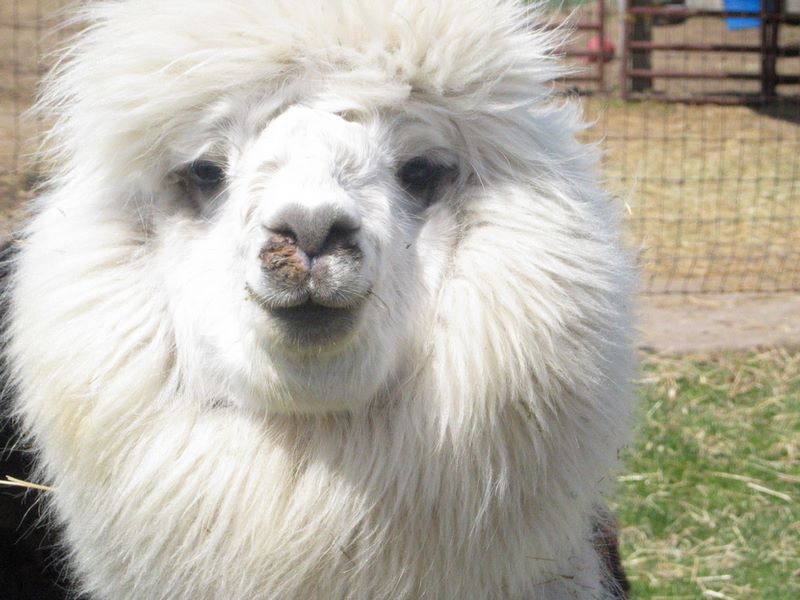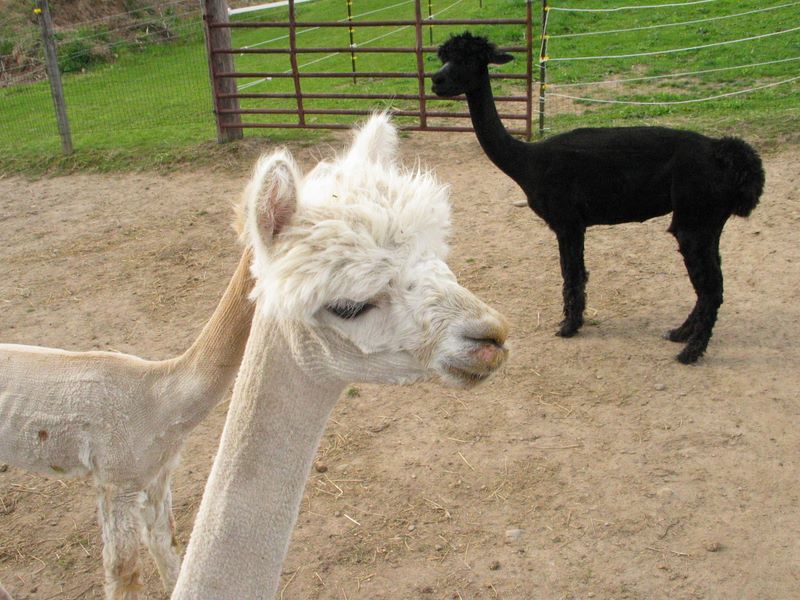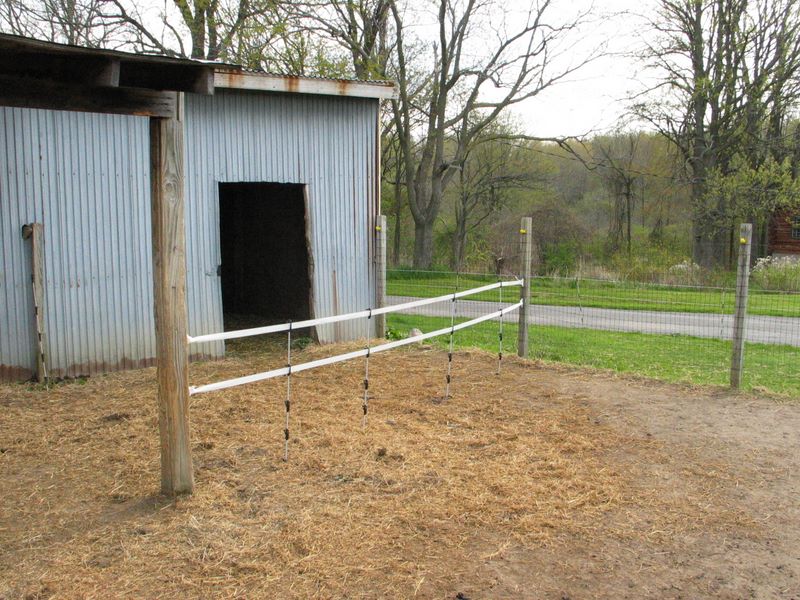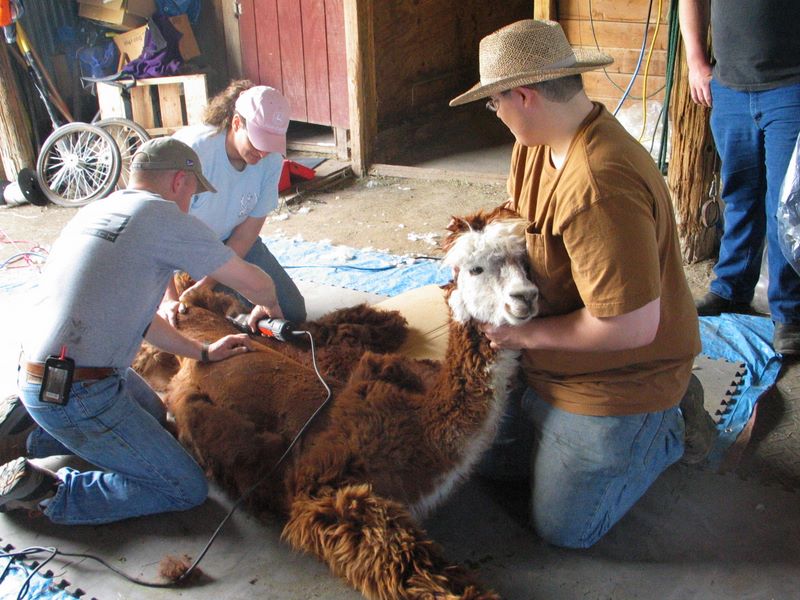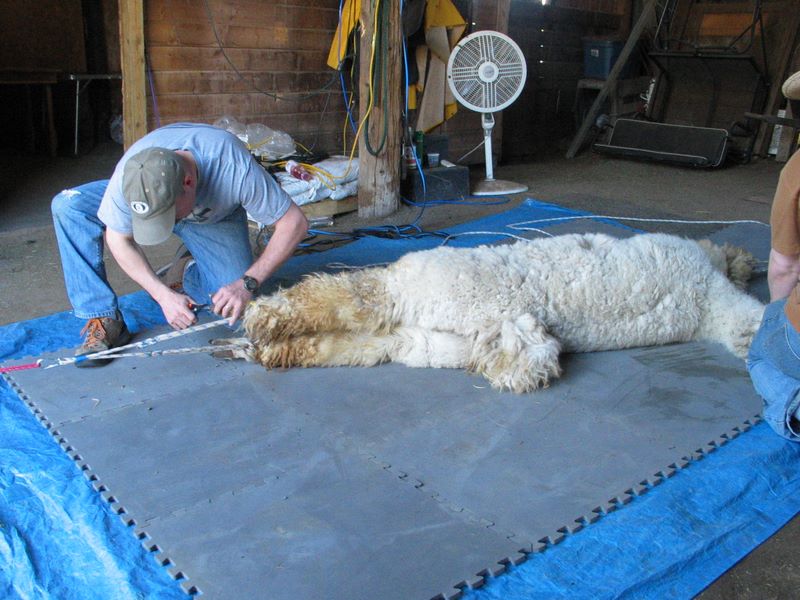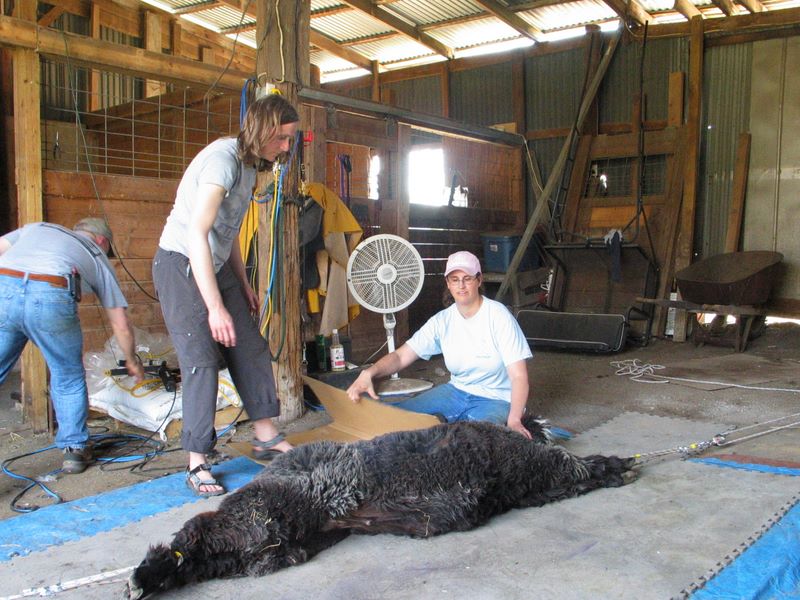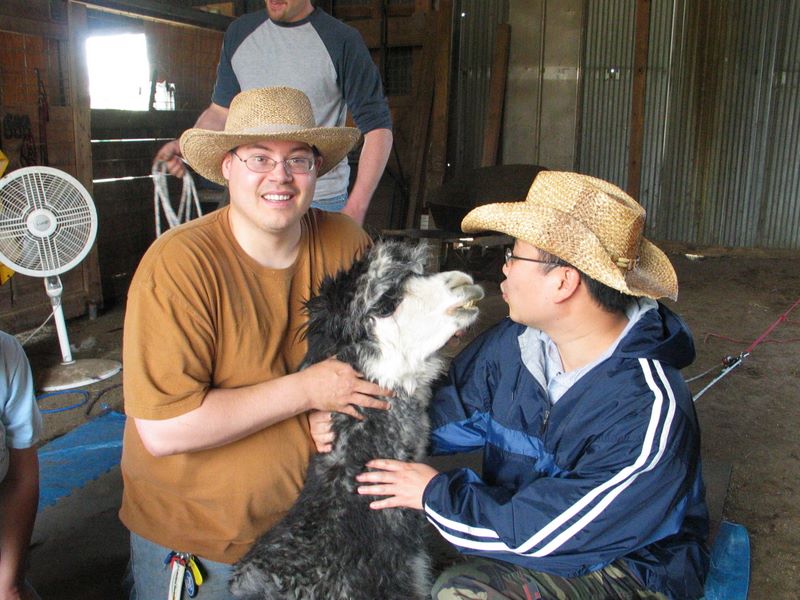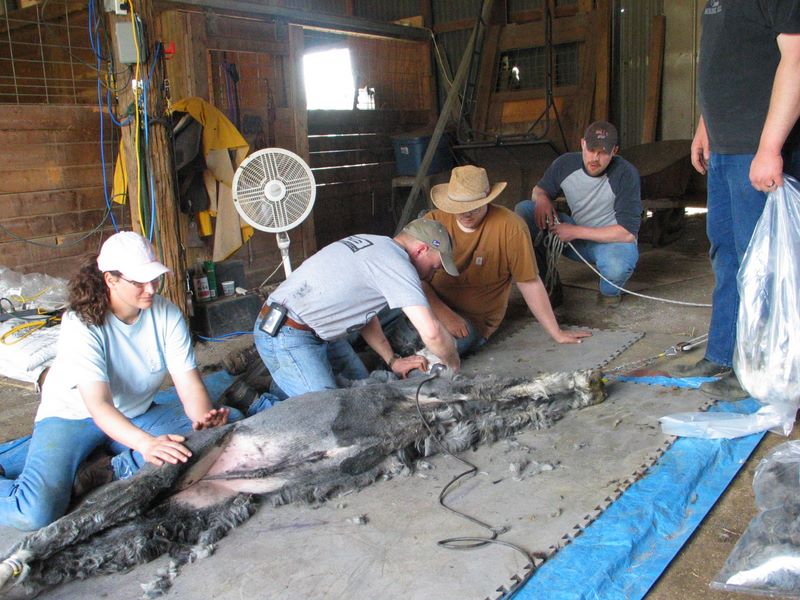What to do with all that fiber?!
Alpaca owners market and brag about how wonderful alpacas are as a fiber animal but the question that everyone has trouble answering is what do you do with all that fiber? The answer is a complicated and can really only be answered by the individual.
Questions to ask yourself:
1. Why am I getting into alpacas? Investment and breeding of animals only? Or do I want to be involved with the fiber itself?
2. Do I have a sales background? Am I able to market and sell finished product?
3. Am I a spinner/knit/crochet/felt etc? Am I able to make my own end products?
Let’s say you’re interested only in breeding alpacas as an investment and have no desire to make a profit from the fiber. There are coops out there that you can send your fiber to. Some will pay you per pound others will send you dividends from profits made by the coop. I will have a list of email links at the end of this newsletter for your review. The truth is there are only a few hundred thousand alpacas in the USA and at this moment you cannot expect to shear the fiber and send it off to magic land for a profit. If our national herd reaches 4 million like in Peru this might be a different conversation. The good news is the coops are recently becoming profitable and there are many more companies out there with business models that will start paying for raw fiber within the next 3-5 years.
The majority of alpaca owners fall in to the next category. We shear the animals, send the raw fleece to a coop or mill and have it turned into end product. These end products are then sold by you at your farm store, craft fairs, online, etc. This model usually will be profitable enough to cover the cost of the animal’s care. Whoo hoo, breaking even! Never a bad thing but remember, marketing is involved. If you just throw up a website and expect people to find you through the intangible wonders of the internet you won’t be able to sell a thing.
Lastly there are those blessed folks who are able to make their own end product. Either you know how to spin and create yarn to sell or you’re able to make usable products that the average customer would enjoy. Because you’re your own manufacture typically your % return will be greater. However, remember to weigh this against the time it takes to make a product by hand. Remember, people will only pay for the item not your time to make it. If you truly enjoy making and selling products there’s nothing more fulfilling and the customers just love it. You may be also able to sell your services to other alpaca owners.
As promised here is a list of all the places I have found so far that will either pay for your fiber or turn it into sellable end product for you.
http://www.afcna.com/ – Pays dividends to share holders who submit fiber – sells end products at wholesale
http://www.neafp.com/ – Sells end products at wholesale and below wholesale for those who submit fiber
http://www.naafp.us/ – certified sorters make high end Skeins and Duvets
http://www.elderberrycreekalpacas.com/ – Currently sells blankets at wholesale but has business model to buy fiber in future years
http://quailrunfibermill.com/custom/expertise.aspx – Sells wholesale blankets of own fiber/fiber pool
http://uts.cc.utexas.edu/~llama/ingrid/index.html – Turn your 2nd and 3rd cuttings into rugs for resale
http://bhmalpacas.com/ – Process your 2nd and 3rd into hats!
List of Fiber Mills – process your raw fiber into roving, bats, yarn, socks, duvets etc. You get your own alpaca fiber back from mills, they do not go into a pool.
http://www.georgiamountainfiber.com – mill not mentioned in above list, will blend with other fibers
http://www.zwool.com/ – mill not mentioned in above list – Will do blending and will make socks from your fiber.

